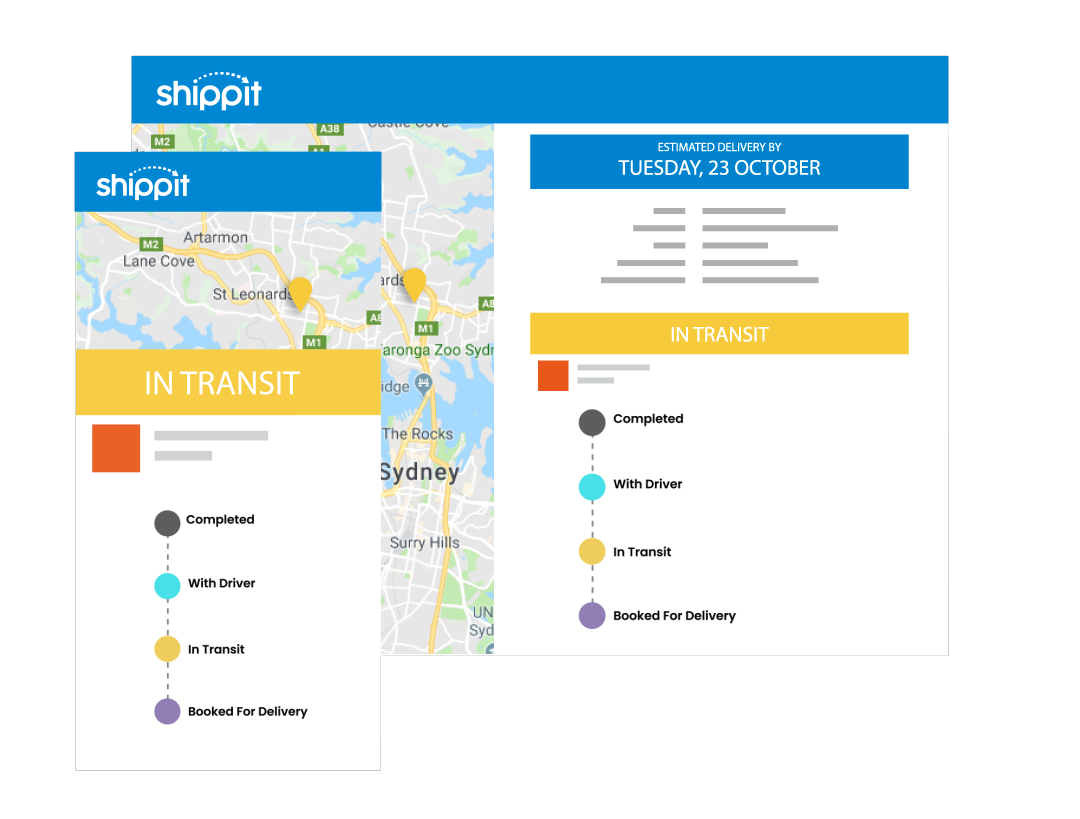When it comes to eCommerce, the tactile element is out of the equation, which means shoppers are essentially buying blindly. This used to be a major turn off for potential customers, but with free returns fast becoming status quo, shoppers are less phased by making an online leap of faith. While it’s a win for shoppers, free returns can be a total pain in the cart for businesses.
Given that users can’t see, touch or try the product before buying it online, returns are an inevitable part of the eCommerce equation. But with at least 30% of all products ordered online returned, there’s got to be an easy explanation for rising online retail returns rates; in fact, we’ve got 9 reasons:
1. Your Product Has a High Return Rate
There are a lot of blanket statements about returns floating around the internet, but the reality is that it’s different for every vertical. Specific products, like shoes and clothes, tend to attract higher returns naturally. This is contrary to one-size products like bags and accessories which have lower returns. Product aside, some customer types are more likely to be repeat-return offenders. Marketingland.com breaks these types of customers down into three segments.
Unfortunately, if this is where you sit, you may not need to read any further. Some items come with a high risk to the consumer when they’re not able to inspect in person. Without offering flexible returns on these items, you’ll risk losing customers who expect hassle-free returns on their purchases.
2. Wardrobers
These customers wear the items once, then return them straight away. They’re definitely not the type of customers you want to be encouraging or rewarding.
3. Try Them Ons
These frivolous shoppers like the thrill of online shopping but have no real intention of keeping the items. After trying them on at home, they promptly return them to the sender.
4. Fitting Roomers
These folk like the luxury of choice and try to replicate the bricks-and-mortar changing room at home. Once they’ve found their shape, size and style, they return the rest.
With 67% of online shoppers reviewing your returns policy before purchasing, you may be inadvertently encouraging potential customers to return the items that they weren’t fully committed to buying. The more risk you take out of online shopping, the more returns you can expect. While this isn’t always a bad thing, the conversions need to outweigh the costs.
5. You’re Not Educating Your Customers Before the Purchase
We get it. There’s nothing more exciting than generating new business. But if you’re customers are buying your products without fully understanding what it is or how to use it, expect to get a lot of returned items.
We know that incentivising free shipping and returns increases conversions and ups average order values, but we also know that it may not be good news for your bottom line. Convenience aside, there may be other reasons why customers are opting to return, and it’s these customer experience issues that need attention. This is why physical retail stores are seeing a resurgence in the modern eCommerce era; if a customer needs assistance, they know they can talk to someone in person and see, feel and inspect the product before buying.
6. You Got 99 Problems and Sizing is One
In reality, a size 10 in one brand, may not be standardised across others. Especially as online shopping is now truly global, communicating size and fit is becoming more critical. An excellent example of this is the online shoe retailer, Running Warehouse, which calculated 65% of all returns were size-related. After introducing an app to help shoppers find more accurate sizes, their returns dropped by 23%. If you don’t have the budget to create an app, create an accurate size guide and give shoppers the tools to make better fitting choices.
7. Your Product Images Aren’t Doing it Right
Product photos are up there as one of the key elements of eCommerce optimisation. Without potential customers being able to see and touch your product, your images have to tell the story. Low-quality images are lazy, and they’re not going to do your conversions any favours. High-quality, clean, well-lit, high-resolution images are essential. And if it makes sense, offer the customer the ability to see it in 360 degrees. If a customer can see what they’re getting, they’re less likely to be disappointed which means fewer returns.
8. You’re Not Asking for Feedback
If you have specific products with higher return rates than others, take a deep dive to understand whether any quality or sizing issues need addressing. A quick survey is an excellent opportunity to gather feedback on why your customer returned the item. Use the intel to refine your offering and reduce your returns.
9. Your Customers Feel Confident Buying from You
It’s not al doom-and-gloom when it comes to returned items. If you’re getting a lot of returns, it might also mean that your customers feel safe buying from you and don’t think twice about spending big on your site.
Recent research shows 92% of consumers will buy again if a product return process is easy. Shippit’s platform provides a seamless return process for both retailers and consumers. Through the interface, your customers can choose to either drop off their return or have it collected right from their doorstep. Once the item is collected, proactive tracking and notifications mean everyone has total visibility over the return process. By removing all friction points, the only surprise your customer will get is a pleasant one.
Click here to find out how Shippit can help you turn returns into opportunities.




